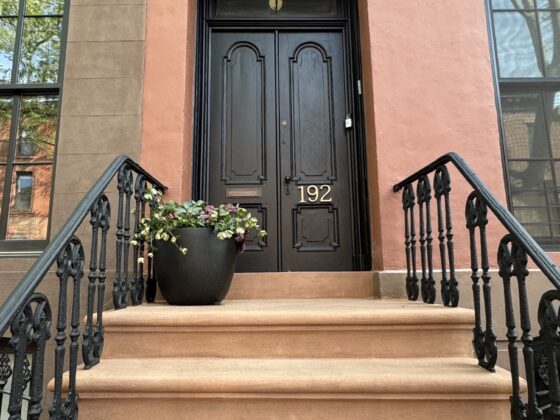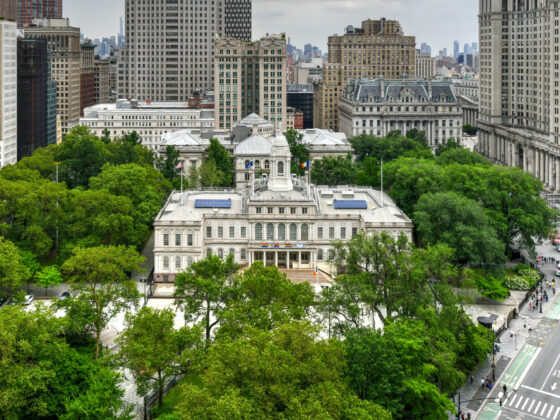Table of Contents Show
A recent Wall Street Journal/NORC survey has shed light on the shifting perceptions of the American dream. Only 34% of Americans now believe that hard work leads to success, a significant decline from 52% in 2012. This drop, the lowest level of optimism in over a decade, highlights a broader narrative of economic disparity and evolving societal values. The experiences of the lower class reflect a growing disillusionment, while the wealthy have often fared differently, illustrating deepening economic divides.

1970s: The Seeds of Discontent1970s: The Seeds of Discontent
Lower Class: In the 1970s, the American dream still appealed significantly. However, economic challenges began to emerge. Stagflation—a troubling combination of high inflation and stagnant growth—strained household budgets, particularly for the lower class. Real wages stagnated, and rising living costs made economic stability increasingly elusive. The Vietnam War and the Watergate scandal contributed to a growing sense of cynicism, amplifying the perception that the American dream was becoming increasingly unattainable.
Wealthy Class: In contrast, the wealthy were insulated mainly from these economic difficulties. The 1970s saw significant investments in the stock market and real estate, yielding substantial returns for the affluent. Despite the broader economic downturn, the rich accumulated wealth, benefiting from their investments and financial resilience.
1980s: Prosperity and Polarization1980s: Prosperity and Polarization
Lower Class: The 1980s, driven by Reaganomics, promised economic prosperity through tax cuts, deregulation, and a belief in free markets. However, this prosperity was unevenly distributed. Lower-income Americans found themselves increasingly marginalized as economic policies disproportionately benefited the wealthy. The gap between the rich and the poor widened, with lower-income workers experiencing stagnant wages and limited job security. Urban decline and the deterioration of public services in many lower-income neighborhoods further underscored growing disparities.
Wealthy Class: The affluent saw substantial benefits during this decade. Reagan’s tax cuts and deregulation policies led to wealth accumulation for the wealthy. The stock market boomed, and investments in real estate and financial assets yielded impressive returns. The disparity in economic gains became more apparent, with the wealthy enjoying unparalleled prosperity compared to their lower-income counterparts.
The 1990s: New Opportunities Amid Persistent InequalityThe 1990s: New Opportunities Amid Persistent Inequality
Lower Class: The 1990s introduced technological advancements and economic growth, offering new opportunities. However, many lower-income individuals struggled to access these benefits. The tech boom created high-paying jobs, but lower-income workers, lacking the necessary education or resources, were often left behind. The 1996 welfare reform aimed to reduce dependency on government assistance but imposed stricter work requirements and time limits, adding strain to lower-income families. Despite overall economic growth, the benefits were not equally distributed, perpetuating economic challenges for the lower class.
Wealthy Class: The affluent experienced significant gains during the 1990s. The tech boom fueled extraordinary wealth creation, particularly in Silicon Valley. Investments in technology stocks and entrepreneurial ventures yielded substantial returns for those who could capitalize on these opportunities. The wealth gap continued to widen, with the rich increasingly separating themselves from the economic struggles of the lower class.
2000s: Recession and Recovery2000s: Recession and Recovery
Lower Class: The Great Recession, which began in the early 2000s, devastated the lower class. The housing bubble burst, leading to widespread foreclosures, job losses, and prolonged financial instability. Though technically underway, the recovery was slow and uneven, with lower-income families facing extended economic hardship. The financial crisis starkly illustrated the vulnerabilities of the lower class, many of whom struggled to regain their footing amid a sluggish recovery.
Wealthy Class: The wealthy were often better positioned to weather the economic storm. While the Great Recession caused significant losses for many, those with diversified investments and substantial financial reserves could recover more swiftly. The affluent capitalized on the post-recession environment by investing in undervalued assets, contributing to a more rapid wealth accumulation as the economy rebounded.
2010s: Uneven Recovery and Emerging Challenges2010s: Uneven Recovery and Emerging Challenges
Lower Class: The 2010s saw a gradual economic recovery from the Great Recession, but the benefits were unevenly distributed. Lower-income workers continued to face job insecurity and stagnant wages. The rise of the gig economy offered some flexibility but introduced new forms of instability, lacking the security and benefits of traditional employment. Student debt became a significant barrier, particularly for younger, lower-income individuals, compounding existing economic challenges. The recovery did little to bridge the gap between the wealthy and those struggling to achieve financial stability.
Wealthy Class: The 2010s were marked by continued prosperity for the wealthy. The stock market reached new heights, and investments in technology and finance yielded substantial returns. The economic recovery allowed the wealthy to build and consolidate their wealth further. The disparity between the affluent and the lower class grew more pronounced as those at the top disproportionately benefited from the recovery.
2020s: Pandemic and Inflation2020s: Pandemic and Inflation
Lower Class: The early 2020s have brought unprecedented challenges. The COVID-19 pandemic resulted in widespread job losses, economic disruption, and increased financial instability for lower-income workers. The subsequent inflation crisis has further strained household budgets, with rising prices for essentials deepening economic hardship. The persistent rise in housing costs has made stable housing increasingly tricky for lower-income families, compounding financial pressures. The pandemic has highlighted and exacerbated existing inequalities, reinforcing skepticism about the attainability of the American dream.
Wealthy Class: The wealthy have generally fared better during the pandemic. Many have benefited from surges in technology and stock market gains, with investments in these sectors yielding significant returns. The ability to work remotely and invest in diverse assets has allowed the wealthy to maintain or even enhance their financial stability amid economic disruptions. The disparity between the wealthy and the lower class has been further exposed, with the affluent continuing to accumulate wealth while lower-income individuals face increasing economic challenges.
Final ThoughtsFinal Thoughts
The trajectory of the American dream reflects deep-seated socio-economic shifts and persistent disparities. Each decade has brought significant challenges for the lower class, often exacerbating their struggle for financial stability and upward mobility. Meanwhile, the wealthy have benefited mainly from economic policies and market trends, further widening the gap.
Addressing these issues requires a comprehensive approach to creating a more equitable economic landscape. Policies that foster economic security, dismantle systemic barriers, and ensure fair opportunities are essential to bridging the gap and making the American Dream accessible to all. The promise of the American dream, once a symbol of hope and possibility, must evolve to reflect a more inclusive vision that offers genuine opportunity for every American, regardless of socio-economic status.








